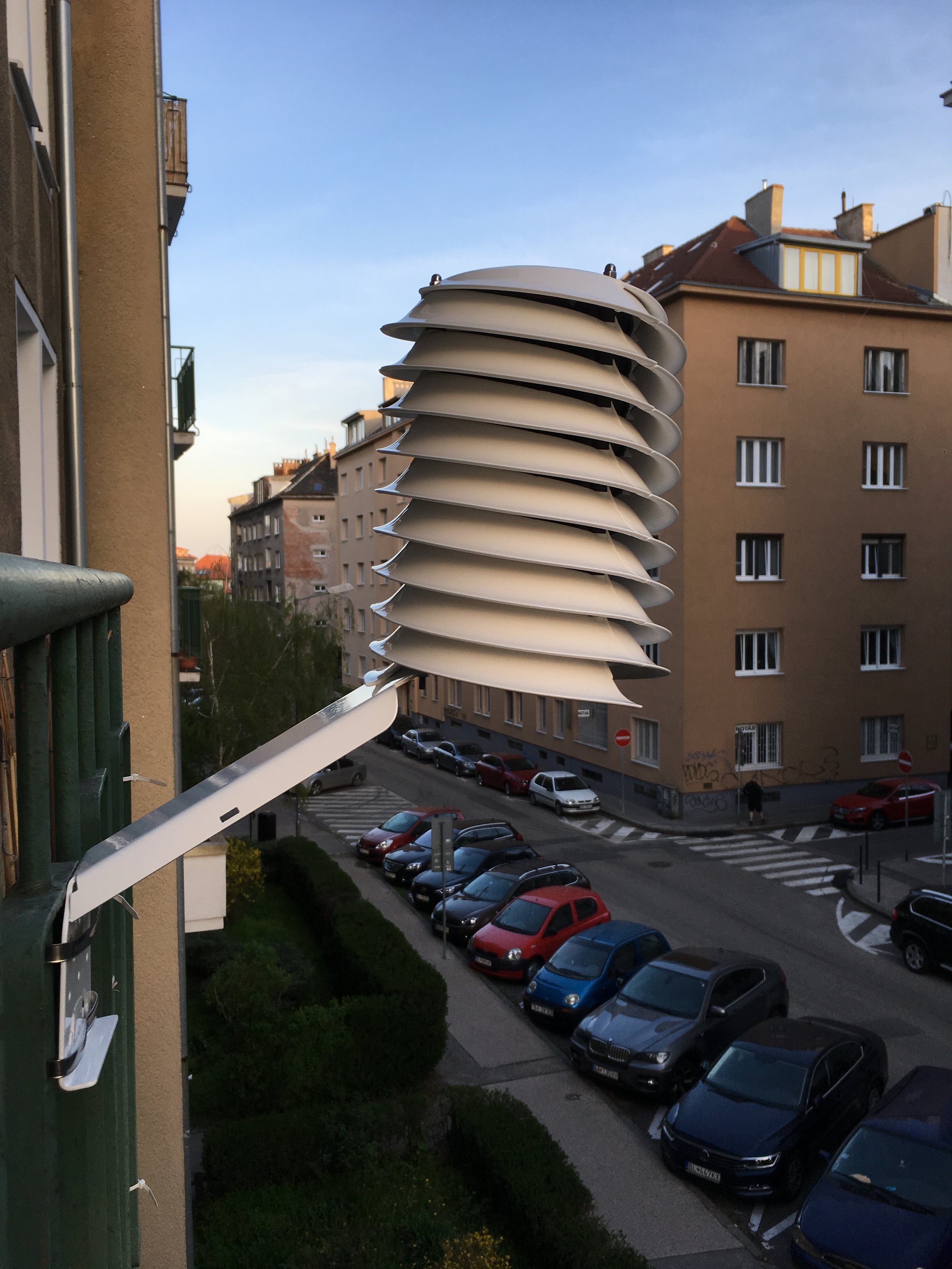What to look for in a HVAC outdoor air temperature sensor
/Outdoor air temperature sensors (OAT) should possess the following qualities:
Robustness - radiation shield mount should ideally be made of corrosion resistant metal for strength and longevity and white in color to prevent overheating of the OAT sensor on sunny days.
Easy mounting - sensor and radiation shield mount should permit easy pole mounting and wall mounting. The mount should position the OAT sensor at least 8 inches (20 cm) from the mounting surface or wall.
High-quality radiation shield - quite a bit of money can be saved on temperature sensor cost by spending a little extra on a very good radiation shield. A high-quality radiation shield is especially important on hot sunny days since it determines the air temperature a sensor will measure.
The trade-off between high-cost or a high-quality OAT sensor lies in the understanding that a temperature sensor will measure temperature only of air inside the radiation shield. In low-quality shields, even the most accurate and expensive sensors will measure unrealistically high air temperatures due to influences of wall heat radiating onto the shield or due to heating from direct or reflected sunlight.
Overall system savings can be maximized by using a helical solar shield as written about in Meteorological Industry News and HVAC & Refrigeration Insider®.



